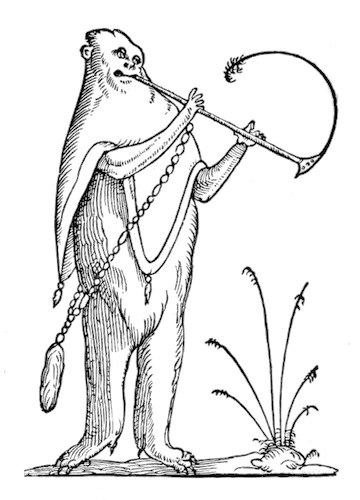
The Art of Invigorating and Prolonging Life (1822 edition)
In an era of tech billionaires chasing the transhumanist promise of immortality, it can seem like the dream of longevity, if not a novel desire, has only recently become conceivable due to new revelations about senescence and health. But as the nineteenth-century optician William Kitchiner (1775–1827) demonstrates in The Art of Invigorating and Prolonging Life (1821), each successive generation has always thrown out the holy grails of the ancients and proclaimed to have discovered new ways to live longer. Kitchiner is no exception, yet he gives credit where it is due, refining the regimen of Venetian centenarian Luigi Cornaro, who “has been oftener quoted, than understood”. Much of the book’s wisdom holds. Go to bed at a reasonable hour. Sleep for at least eight hours. Treat yourself to a “siesta” when needed. Take as much exercise as possible. Eat and drink moderately. Nowadays, however, we are in a more temperate age, and the good doctor’s recommendation for alcohol consumption — drink a small measure of port before 11 am, a pint of beer at dinner along with a small measure of wine, some rum at 7 pm, and a bit more wine and beer with supper — might strike the contemporary reader as a little lush.
Written during a period of rapid urban change, much of the advice in this volume concerns the health-robbing complications of noisy London life. Row houses with party walls, which are only four inches thick, get described as “an evil of the first magnitude” when it comes to sleep. The fad for pet and piano ownership may possibly shorten your neighbor’s years on earth. “The majority of the Dogs—Parrots,—Piano-Fortes, &c. in this Metropolis, are Actionable Nuisances!!!” The chimney sweep, whom he calls “Little Sweep Soot Ho”, inspires sleepers to wish that “instead of the Chimney,—he was smiting the skull of the Barbarian who set the poor Child to work at such an unseasonable hour.” Textiles are another concern. Bedsheets that press down upon the lungs can be smoldering. Wearing your winter clothes for the six warm days of spring is “highly salutary in removing obstructions in the cutaneous pores”. Trendy suspenders, while reducing pressure on the “inferior Viscera”, are prone to causing “ruptures” — how and where he does not say.
There are other delights aplenty in The Art of Invigorating and Prolonging Life. Kitchiner includes an “andrometer” of philologist William Jones, which tracks his life across the years, from “Ideas retained in the Memory” at age five, through “Firmness as a Patriot” at forty-nine, to “Preparation for ETERNITY” in his late sixties. Somewhat ironically, Kitchiner appended another treatise to this book, “The Pleasure of Making a Will”, and passed away the day before he planned to change his own will to exclude his son. With more irony still, health-obsessed Kitchiner is best remembered not for his tinctures and exercise tips . . . but for his 1817 book The Cook’s Oracle, which contains one of the earliest recipes for potato crisps.
Enjoyed this piece? We need your help to keep publishing.
The PDR is a non-profit project kept alive by reader donations – no ads, no paywalls, just the generosity of our community. It’s a really exciting model, but we need your help to keep it thriving. Visit our support page to become a Friend and receive our themed postcard packs. Or give a one-off donation. Already a supporter? A huge thank you for making all this possible.
Oct 11, 2012








